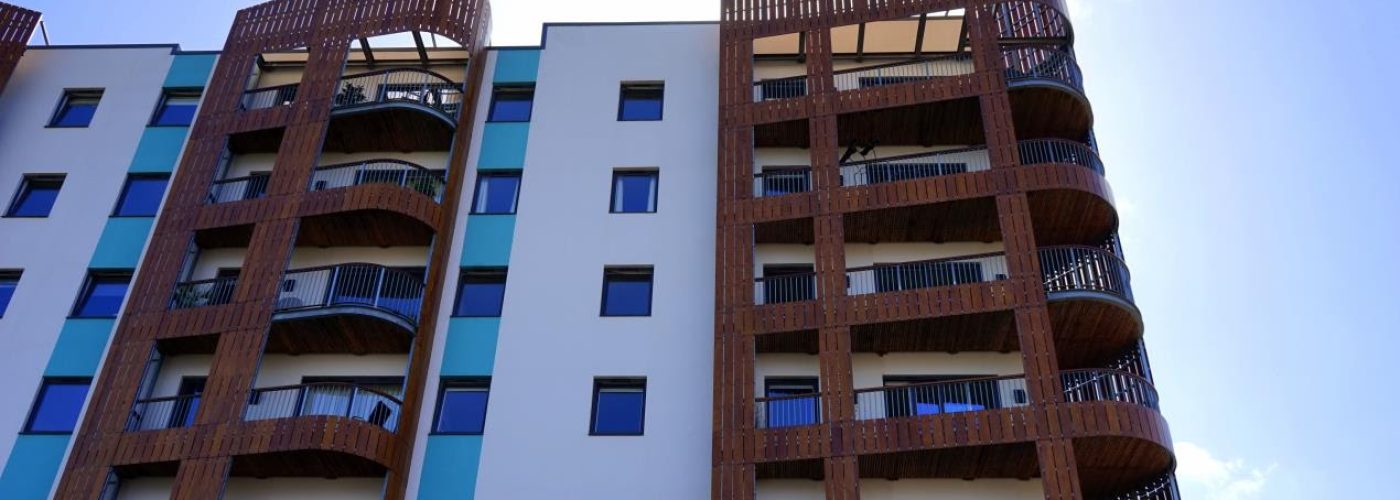New planning requirements on fire safety for high-rise residential buildings came into force on August 1st and require developers to consider fire safety at the earliest stages of planning. While we understand this is a starting point on the road to a safer built environment, what does this mean for other buildings such as those in the industrial and commercial sector which have similar challenges when it comes to fire safety?
Planning Gateway One is the first of a series of ‘gateway points’ and a key measure to ensure high-rise developments consider fire safety at the earliest stages of planning. It comes in response to Dame Judith Hackitt’s Review of Building Regulations, which was commissioned by the government following the Grenfell tragedy.
As part of this, developers of higher risk buildings will need to submit a fire statement which sets out fire safety considerations specific to the development before planning permission can be granted. A higher risk building is classed as any building which is 18 metres or more in height and contains two or more dwellings or educational accommodation.
The concept of a fire statement within the new planning gateways is a positive step, as it ensures that the thinking on fire safety is included at an early stage. Whilst we understand government wanting to be proportionate, the BSA’s view has always been that this should happen for a range of buildings.
It ties to the thinking on being clear on outcomes in the event of a fire. It is also an opportunity for clarity and to avoid a gap between the parties involved. However, as we view this change, as we have stated before, our long-term concern is that this fosters a two-tier system. The implication being that those outside the scheme perhaps need less attention and this will pose challenges as it will offer opportunities to play the system.
Clearly fire safe design should not be an afterthought and is essential for all building types. While the intention is for hotels and care homes to be added down the line, the risk of loss of life and property inherent in many other building types is also too high.
It is also important to point out that the system is predicated on the existing (i.e. old) classification of buildings and we are building differently now, both in techniques and materials, and using buildings differently too. Bluntly, the nature of risk will continue to evolve as will the hazards these buildings will pose, especially as they age, so we should ensure that all buildings are safe throughout their lifespan.
Whilst we understand these changes are a starting point, all buildings, including high-rise will need such a strategy. This will be important to all people seeking to understand the direction the design is taking. Similarly, it will inform those seeking to manage the building when it is in use. I understand government wants to focus in a certain area, but do we really think we do not have similar challenges in other buildings?





